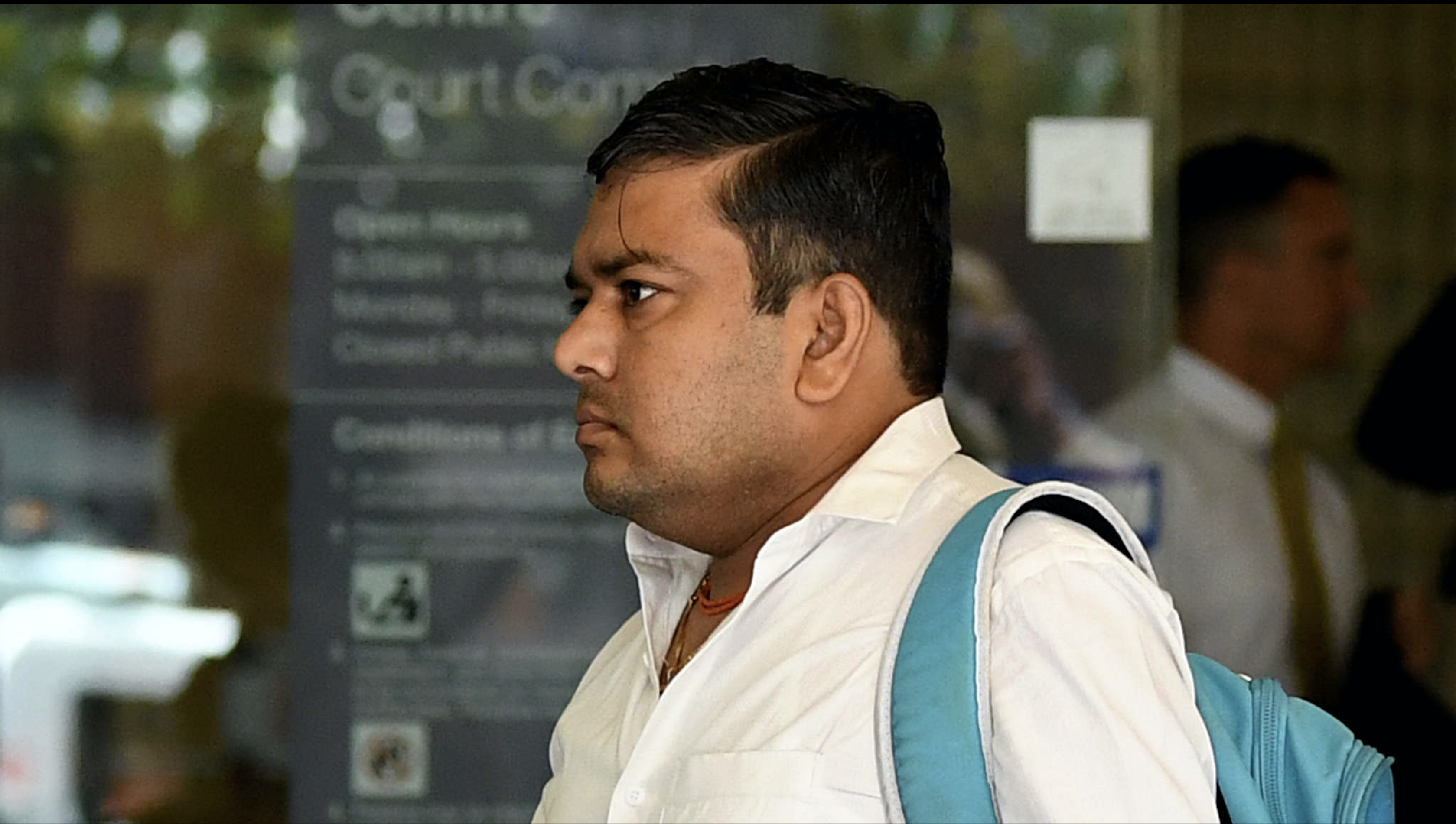Share This Article
By Sahar Adatia and Jimmy Singh.
An Indian man who falsely claimed there was a bomb on an international flight has pleaded guilty to one count of using a carriage service to make a hoax threat.
Sanjay Kalubhai Korat, a 39-year-old chef from Argenton near Newcastle, made two phone calls in March 2019 asserting there was a bomb on board Singapore Airlines flight SQ423, which was travelling from Mumbai to Singapore.
It is reported that at the time, an announcement of the bomb threat was made to the plane’s 18 crew members and 263 passengers – of which were Mr Korat’s mother and another relative.
With the belief of an explosive on board induced, the flight was commanded to initiate an emergency landing, with two F-16 fighter jets from the Republic of Singapore Air Force immediately deployed in a bid to escort the flight to Changi Airport and intercept if needed.
The incident caused significant disturbance and delays to airlines and passengers in Singapore.
The daily flight from India to Singapore’s Changi Airport takes just over five hours.
Police allege the phone calls were made from Mr Korat’s unit in Newcastle’s western suburbs.
Mr Korat was eventually located by Australian Federal Police (AFP) officers at Sydney International Airport as he arrived to pick up his mother, leading to his arrest.
Meanwhile, while walking with officers to the airport police precinct, Mr Korat acknowledged his misconduct.
“I know I shouldn’t have told them a bomb was on the plane,” Mr Korat said.
At the time of the incident, AFP Airport Police Commander Superintendent Peter Mullins made clear to the public that any threat to an airline is taken extremely seriously.
“A hoax threat is a serious matter that causes significant repercussions for the airline, airport, responding agencies and members of the public,” Superintendent Mullins said.
“The AFP works closely to ensure the safety of the traveling public at airports is maintained at all times.”
In June 2020, Mr Korat pleaded guilty to one count of using a carriage service to make a hoax threat, with a second charge withdrawn.
His case continues in August.
The Details of the Hoax Bomb Threat Calls
It is reported that during the hoax calls, one of which was recorded and translated from Hindi, Mr Korat claimed he would provide information on the bomb “when the blast happens” and “after the crash”.
He was also heard asserting that he is “not a terrorist”, instead relating, “I am a common man”.
Mr Korat also disclosed his mother and relative were on board.
“There is a danger to both their lives, that is why I am saying,” Mr Korat said.
“If you want to do something, then do it. If you do not want to do anything, then do not. It is your wish.”
Agreed upon facts disclose that Mr Korat’s mother and the relative were delayed in boarding the flight because they were missing a piece of paperwork that was required to board the plane.
Mr Korat was given the mobile phone number of a Singapore Airlines staff member, which he sent the document to, before his mother and the relative were allowed to get on the flight.
However, while the flight was mid-air, Korat used his mobile phone to call Mumbai International Airport, and 17 minutes later, the airline staff member’s phone.
He declared there was a bomb on the flight but said he did not know what it looked like, where it was, or when it would explode.
It is alleged Mr Korat ” became angry” and made the bomb threat after he was forced to wait on hold for more than 35 minutes on calls to the Singapore Airlines customer service line, before which he had made two ineffective calls to Mumbai Airport inquiring about his mother, was hung up on, and was later told not to call an airport number again.
While Mr Korat was cooperative following the incident, he did not show any remorse, maintaining the blame for his actions be attributed to Mumbai Airport and Singapore Airlines.
“It’s their fault,” he said of being informed of fighter jets being deployed due to his hoax bomb threats.
“If they gave me the information I wanted, it wouldn’t have happened.”
Indeed, Mr Korat’s actions bring to mind research from The Global Journal of Airport and Airline Security which identifies that in many cases, the people behind hoax bomb threats are those who desperately want to settle scores with another person or passengers who have been mistreated by airlines.
Section 474.16 Criminal Code Act 1995 (Cth) strictly criminalises the making of a hoax bomb threat using a carriage service in Australia, which prescribes up to 10-years imprisonment.
Section 474.16 makes clear that a person commits an offence if they use a carriage service to send a communication, and they do so with the intention of inducing a false belief that an explosive, or a dangerous or harmful substance or thing, has been or will be left in any place.
A “carriage service” refers to a service for carrying communication by means of guided and/or unguided electromagnetic energy.
Examples of carriage services include phone calls, text messages and internet transmissions including emails and social media sites.
For questions on this topic, get in touch with our experienced team of lawyers today.









